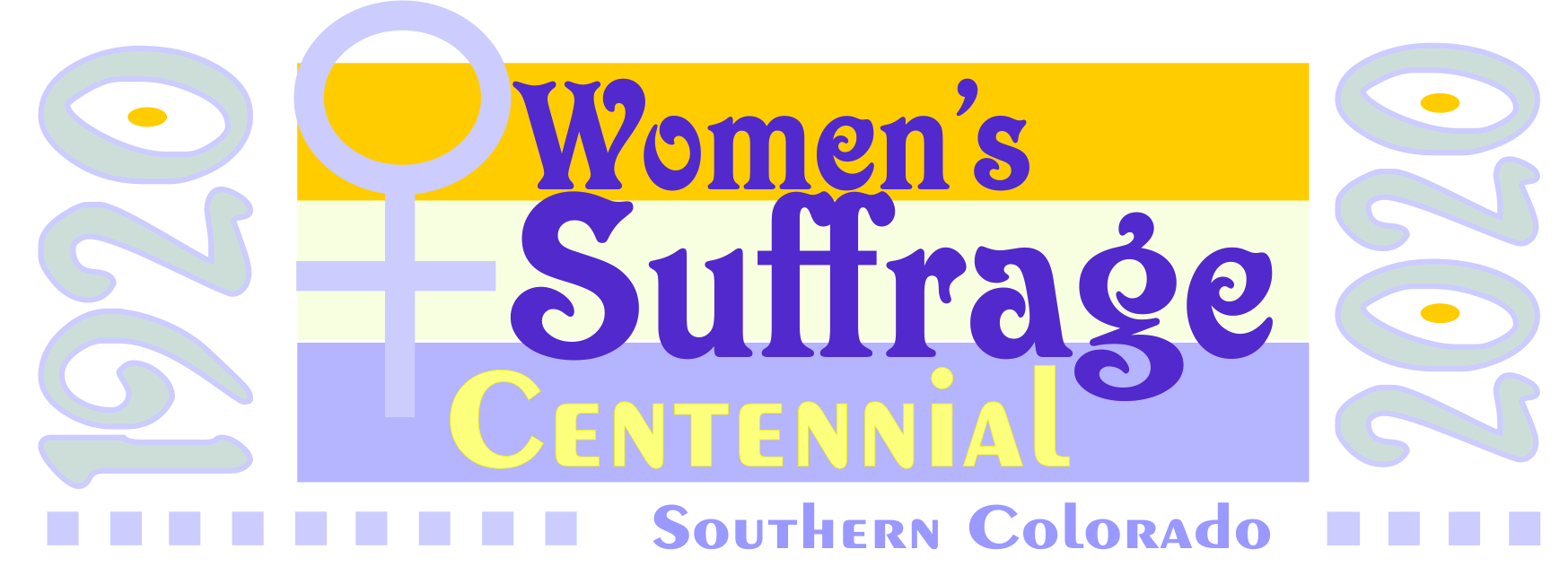About the Author of the Change Over Time Essays
Anna Brownlee is a senior at Colorado State University-Pueblo majoring in History with a minor in Chicano Studies. Her interests in public and women’s history led her to Women Suffrage Centennial, Southern Colorado. She lives in Pueblo with a mountain of books and plans to continue her studies in history after graduation.
About the Process of the Change Over Time Essays
Working on this project has taught me that for a popular audience, focusing on the story is the most important aspect in order to make the past come to life and be relevant to the reader. Having clear prose and being concise without a lot of academic jargon is the best way to communicate to a broad audience. This project was my first experience writing for a popular audience, and I found it challenging because I had to make sure what I wrote made sense to someone who came to it without much prior background without writing pages and pages of text and risk of producing something that might fall into the “Too long: did not read” category for someone coming across it on the website. Working within the restriction of just looking at articles from the Chieftain made an interesting project for me and I found it interesting that the bias of the paper shifted through the decades, and that as temperance became an acceptable and desirable movement by the editors of the paper, it shifted the narrative on suffrage as a whole. I discovered that the paper did not support suffrage, but because it did support temperance it gave a platform for women in Pueblo who were part of the WCTU. That those WCTU members were also suffragists was incidental to the Chieftain. Because of the shift through the decades, I found that I had to adapt to the context of each decade. Conveying this to an audience involved finding the characters and piecing out a narrative. Something else I learned through the project was that the Chieftain did not use many bylines in their paper during the three decades I looked at and it was sometimes difficult to understand who the writer might be, if the article I was reading was an editorial or something pulled from a national news organization. This meant that sometimes I got several different opinions in the same pages without contextual information about who had written it. However, occasionally the paper did step out and clearly speak as itself as it did in the 1870s when it presented, with prejudice, an editorial written by a woman upset at how the paper had characterized the lecture tour of the Campbells. This gave me a baseline to work from to help sort out the various voices in the paper, and I found that overall the Chieftain gave more space for opinions that matched its own.
Change Over Time 1870s
Change Over Time 1880s
Change Over Time 1890s
Author and Process of Change Over Time Essays
